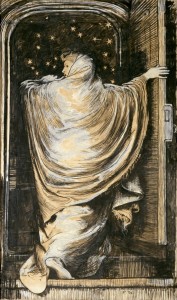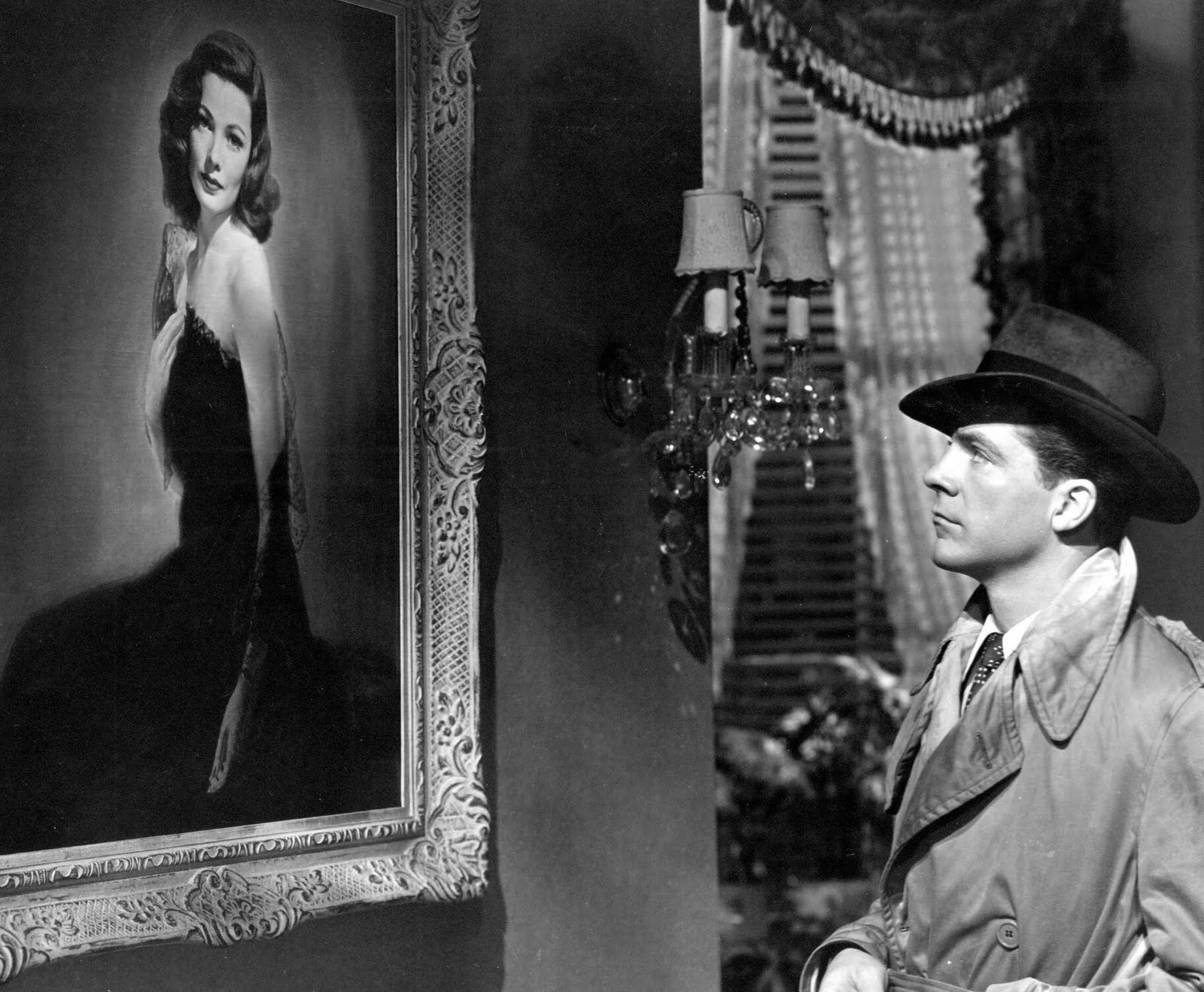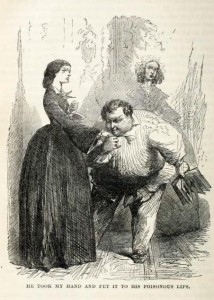Marian’s comment on how Walter and Laura’s children will speak for her made me think of the differences between how the children from illegitimate marriages and the children from legitimate marriages are portrayed in the novel. While it seems that the children of Laura and Walter are going to grow up in a strong and happy marriage, and become the new voice of a new generation, the children that were born outside of marriage – Anne and Percival –both end up in the grave.
Marian’s comments that the children will “speak for [her]” in “their language” (Collins 621) suggests that the children will be a part of a new generation that will speak of her struggles as a woman in the Victorian society. The strength and intelligence that she has shown throughout the novel will then be a part of what the children will inherit from her. Since Marian remained an unmarried woman, the children that will “speak for her” then suggests further that Collins considered it to be a woman’s right to remain unmarried if she so wished it. The children are therefore portrayed to become advocates for radical movements in the society. Additionally, Walter junior is at the end of the story revealed to be the new heir of Limmeridge House, further showing that he has a bright future ahead of him.
However, Anne and Percival’s fates fare for the worse than the children of Walter and Laura. They were both born outside of marriage, as Anne was a result of an affair Laura’s father had, and Percival’s parents were unable to be legally married. Both Anne and Percival are portrayed to have something “wrong” with them: While Anne is described to be mentally handicapped, Percival is throughout the novel depicted to be the villain of the story, along with Count Fosco. Additionally, they both die at the end of the novel: Anne’s tombstone hardly gets a description, compared to the fake tombstone of Laura’s, and there is not even a mention of a funeral for Percival.
The Victorian society was, at this time, concerned with the single women like Marian. Like Greg’s article demonstrates, many men worried about “women, more or less well educated…[retire] to a lonely and destitute old age…they have nothing to do, and none to love, cherish and obey” (Greg 159). I therefore wonder why Collins chose to protest against this idea of women in the novel, but still portrayed children from illegitimate marriages as either challenged or evil, and doom them both to death. As Walter and Laura got married at the end of the novel, it suggests that Collins’ solution for a successful family is marriage, but not love, as Percival’s parents did love each other, but had to remain unmarried. I am therefore left wondering why an author would protest against the ideas that Greg demonstrate in his article, but still maintain the idea that only children within wedlock can succeed in life.


